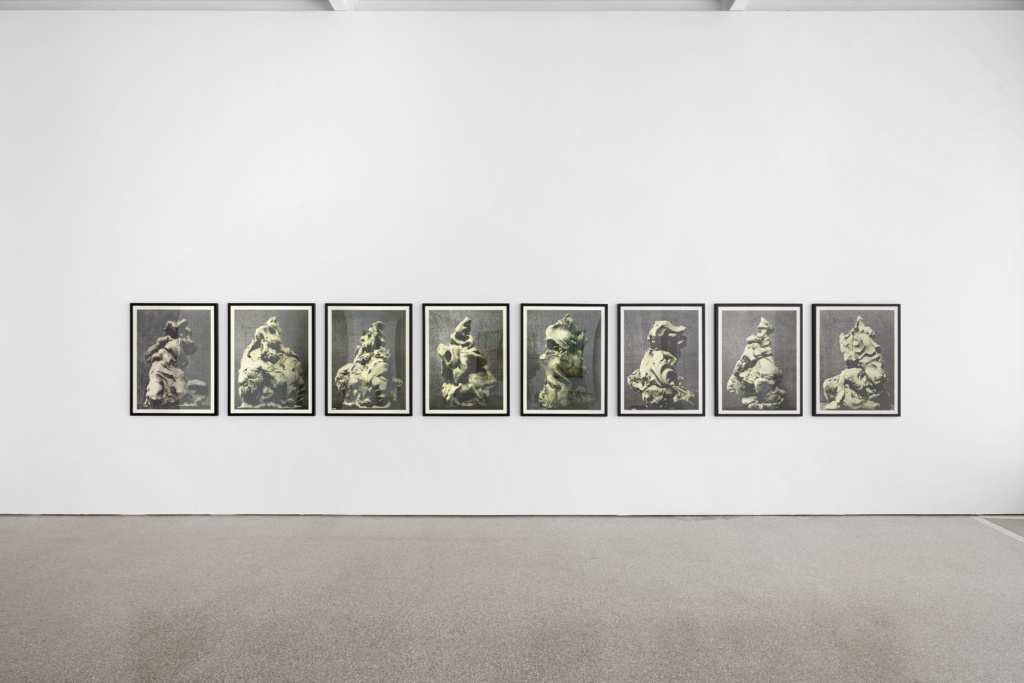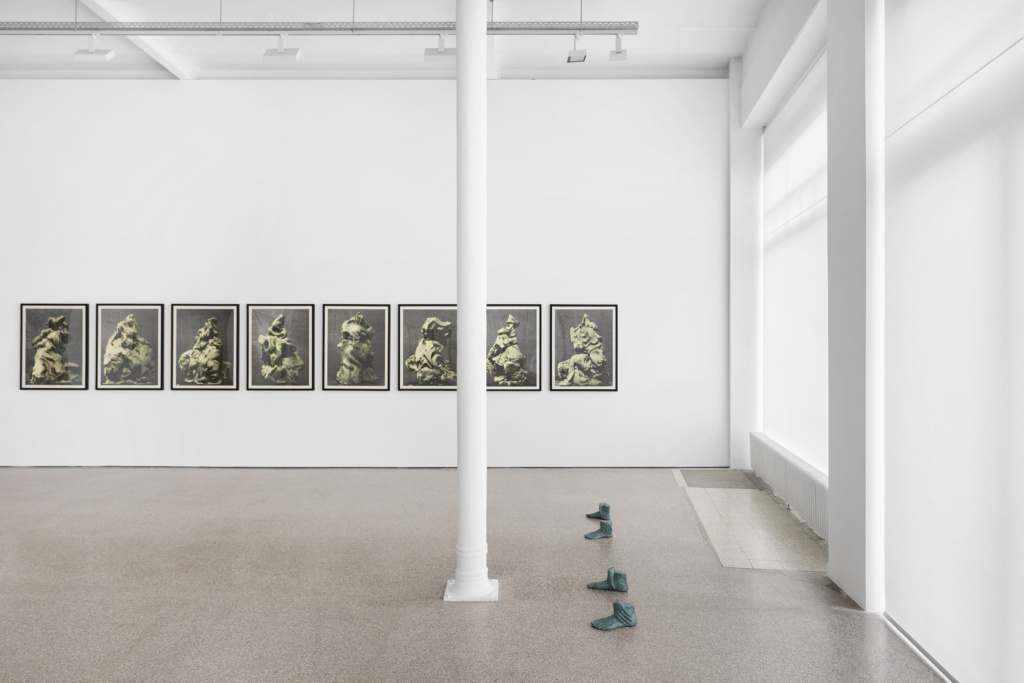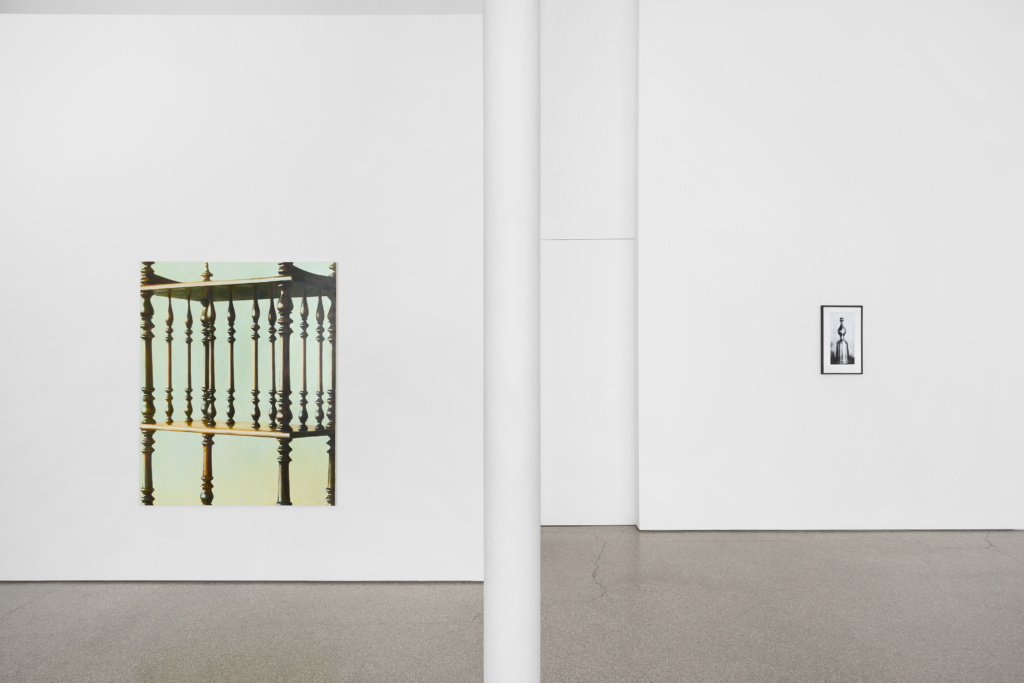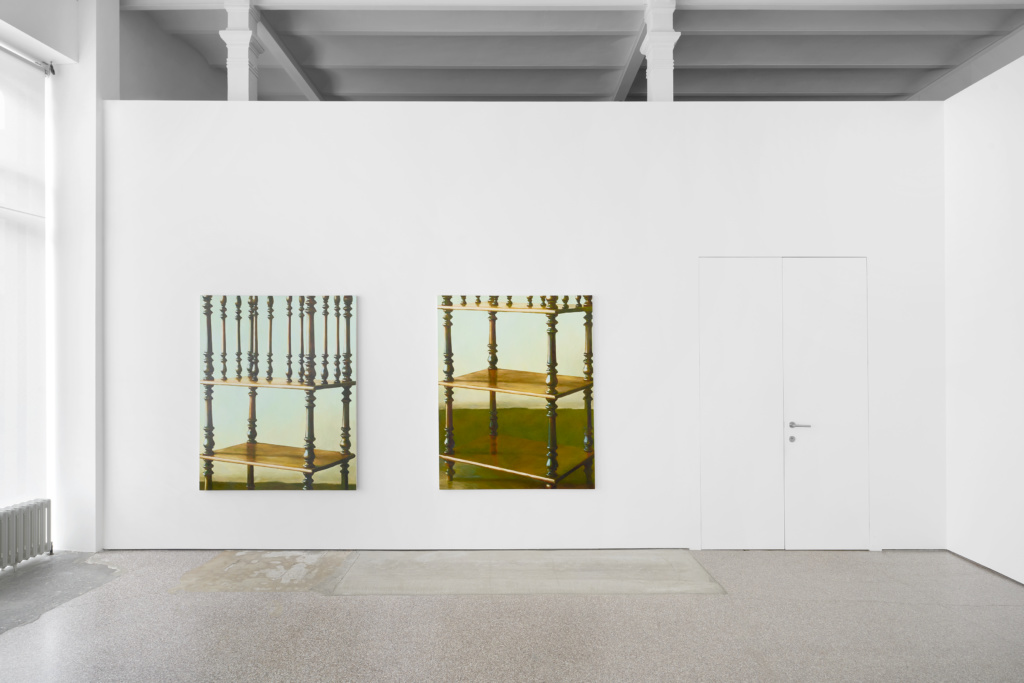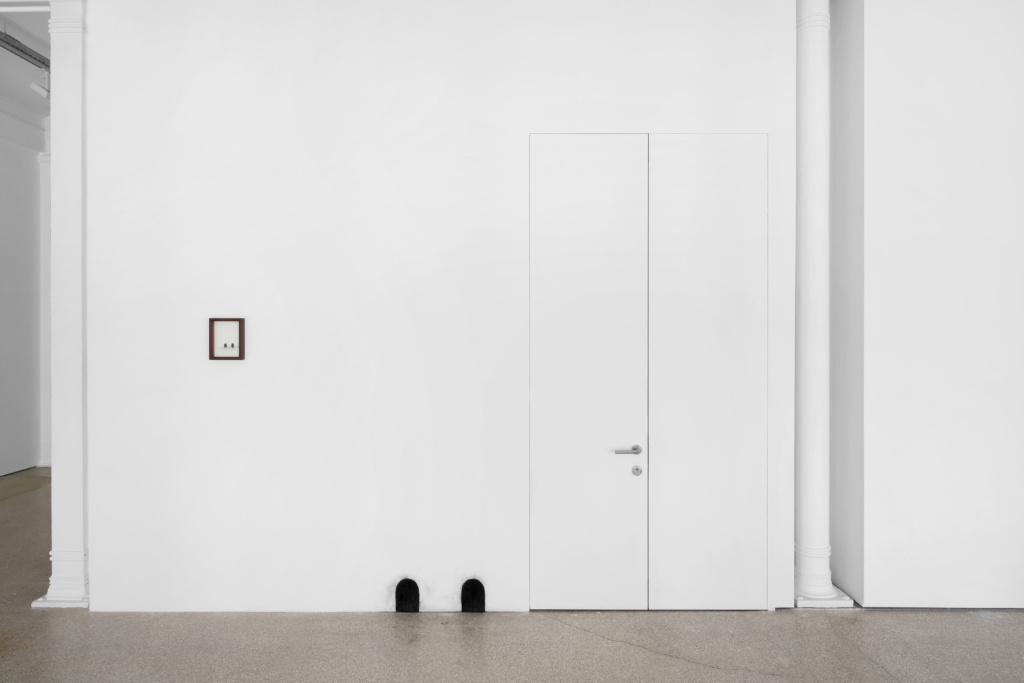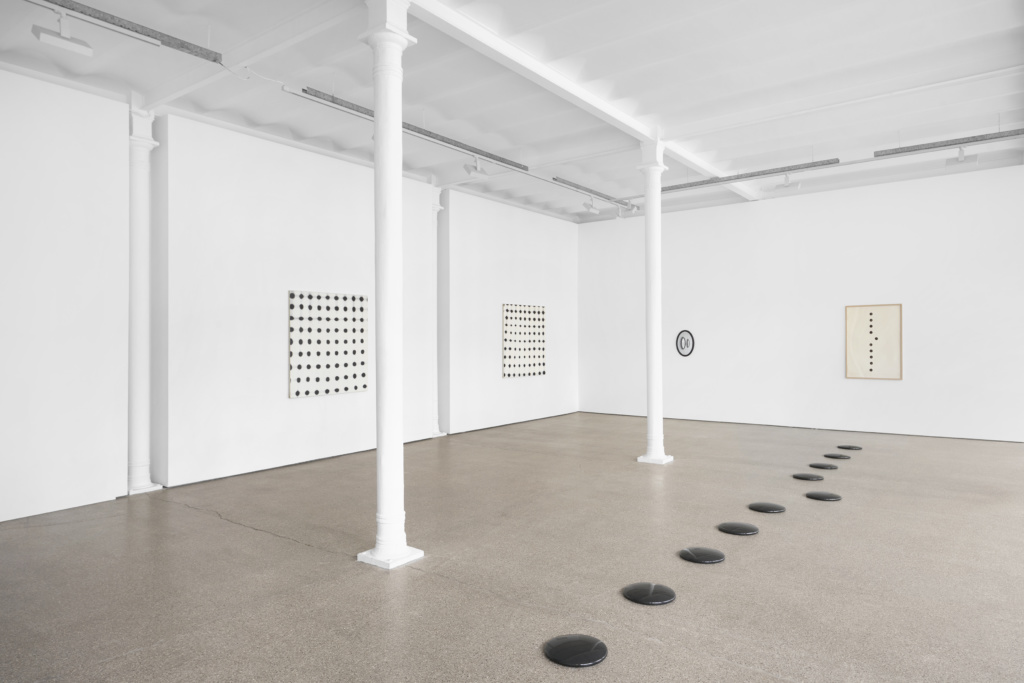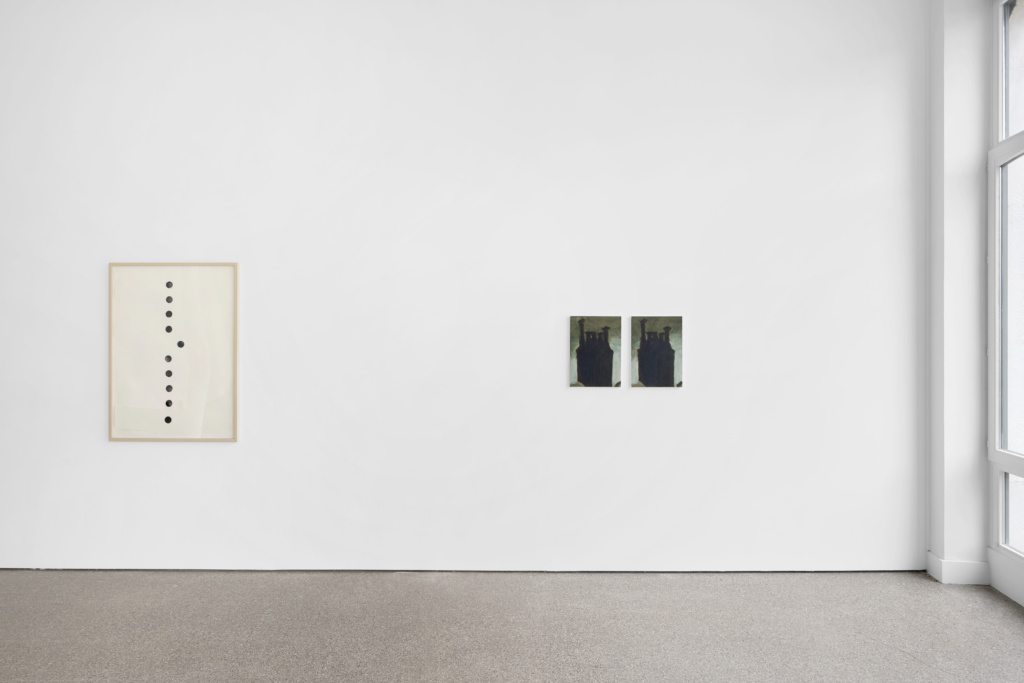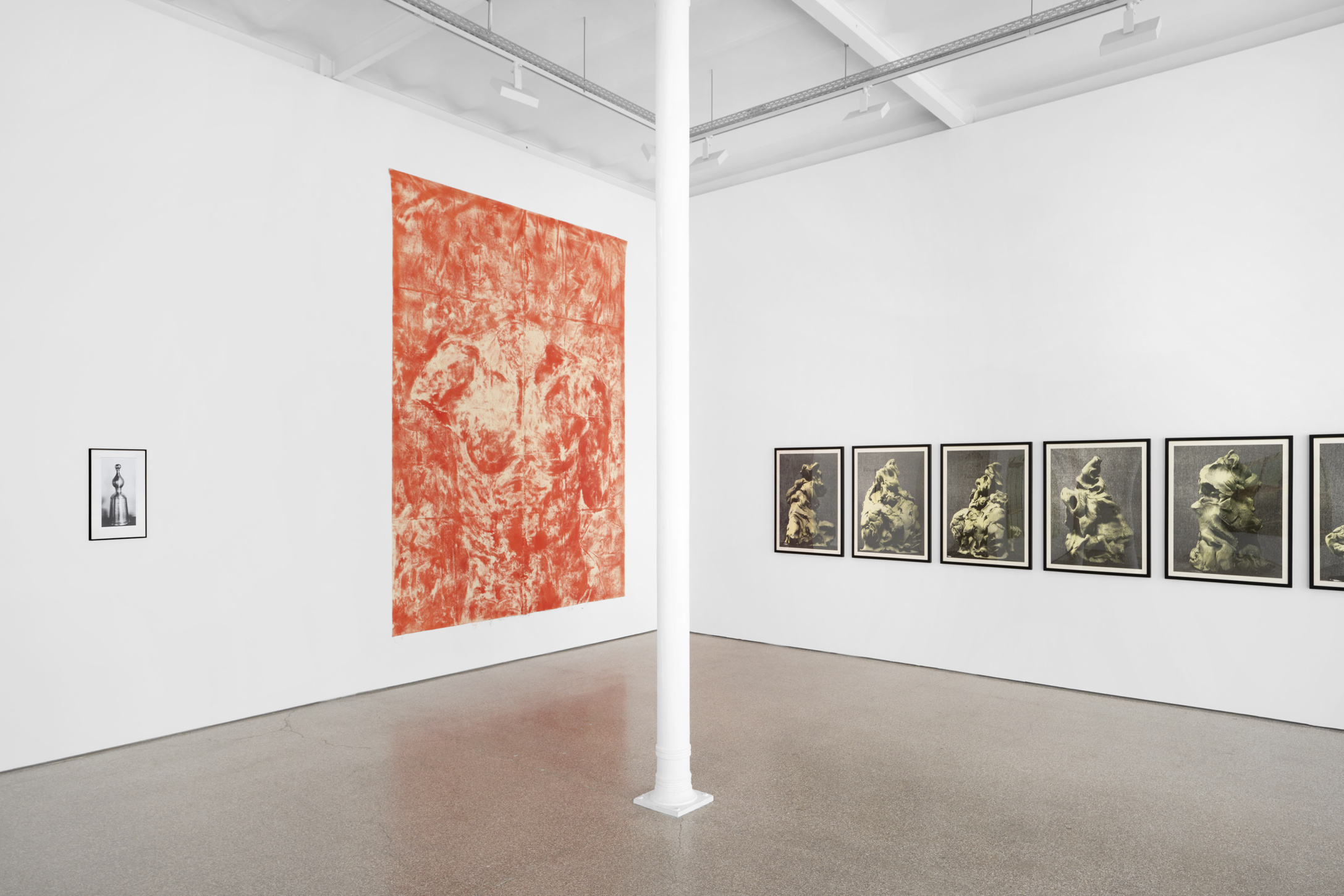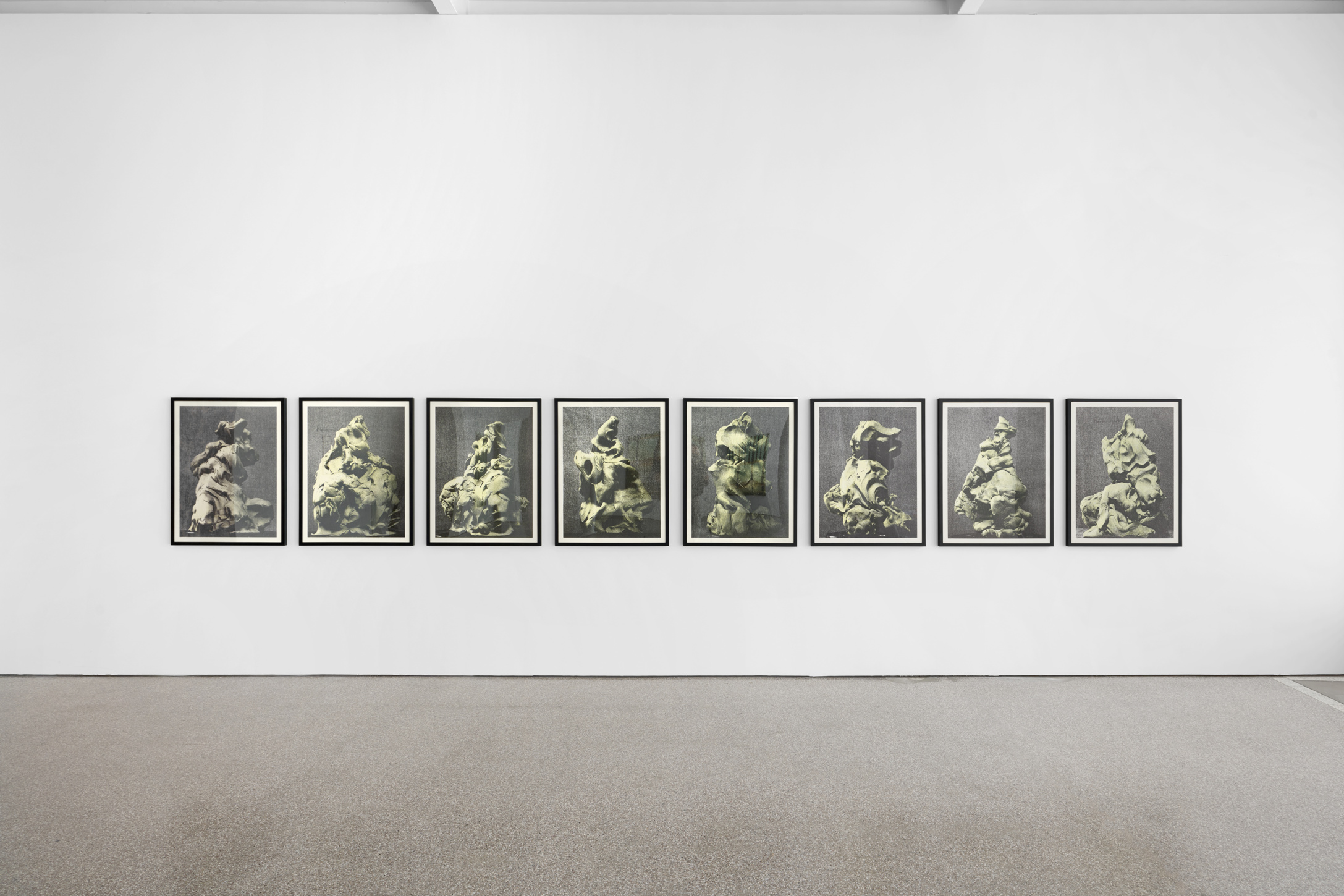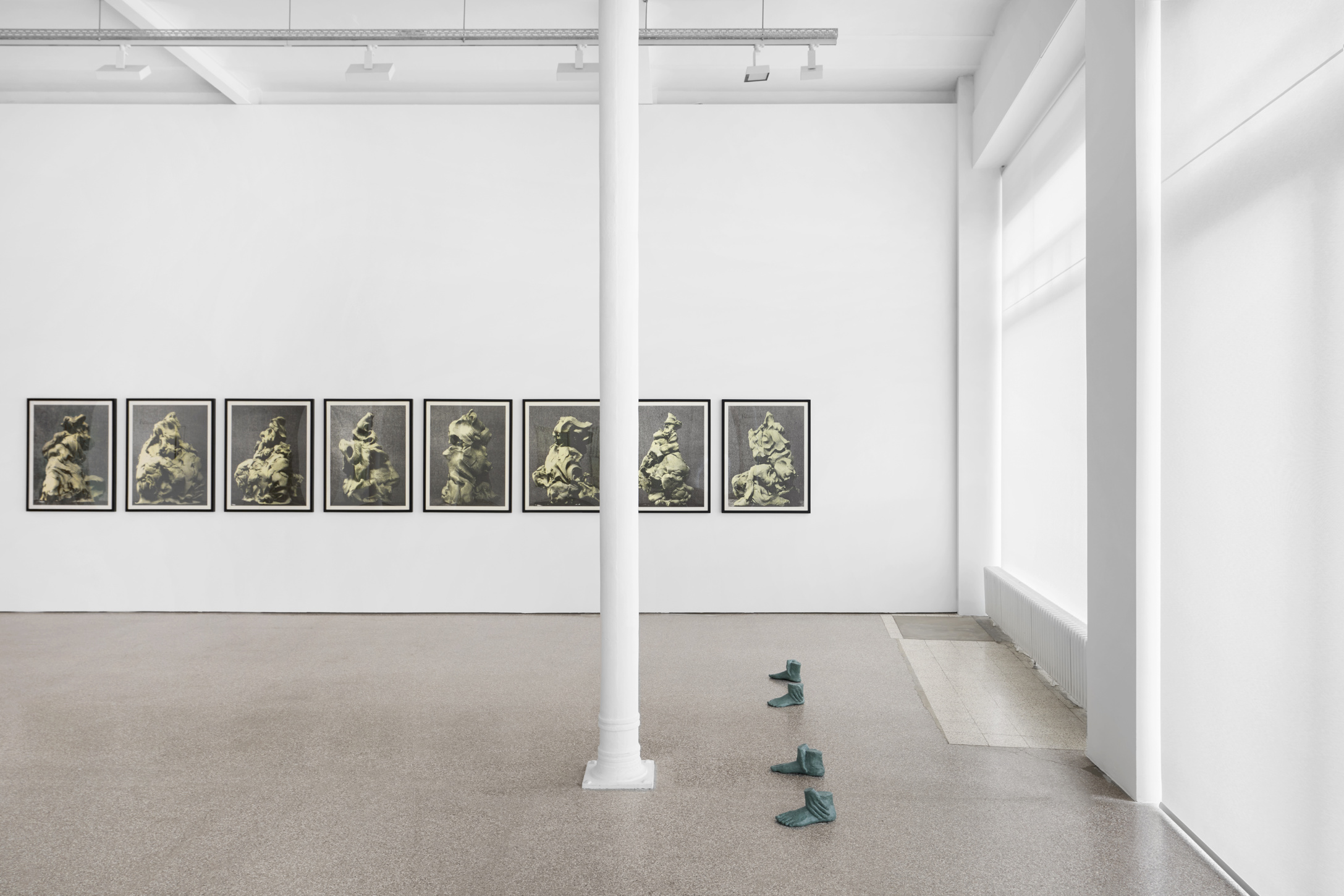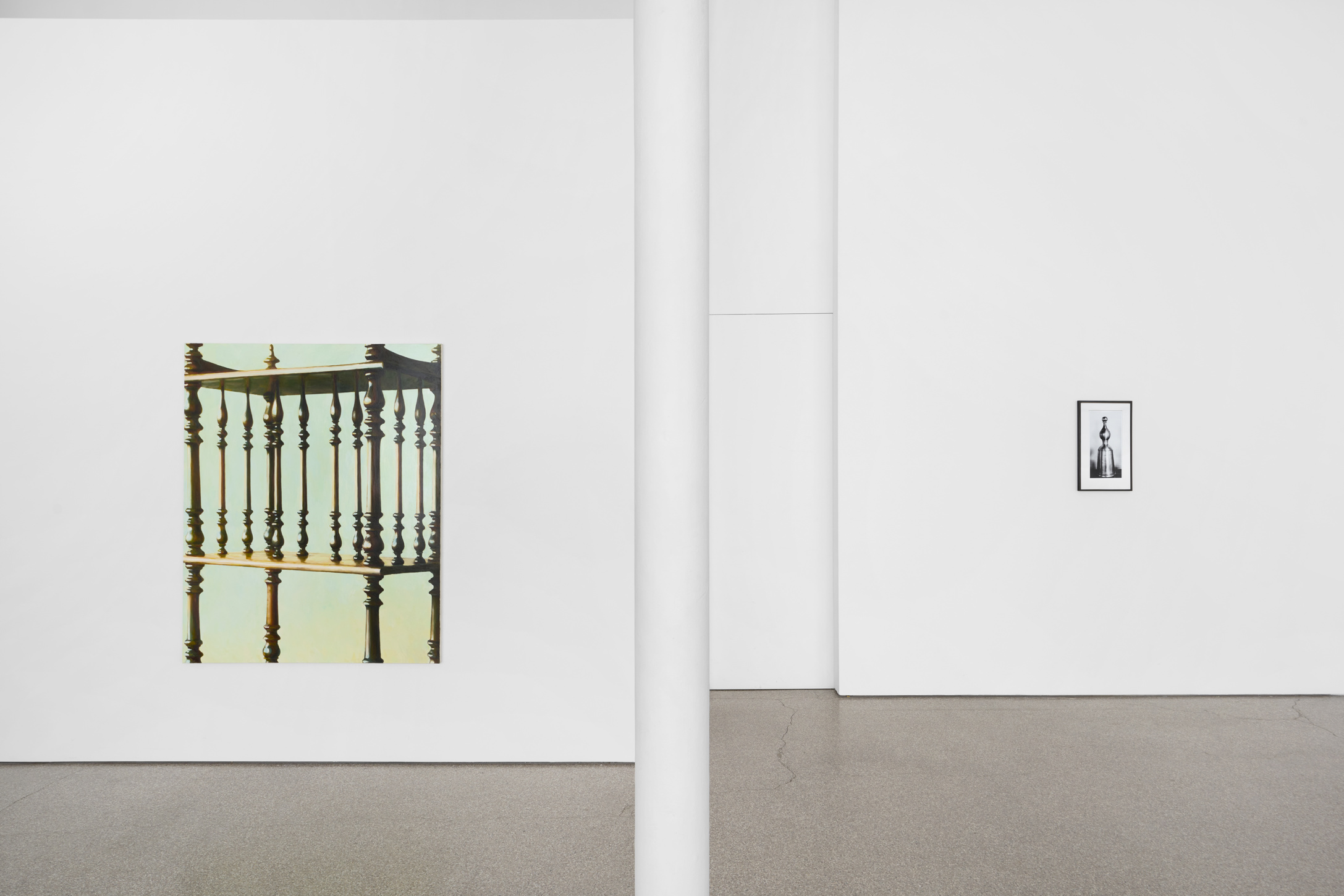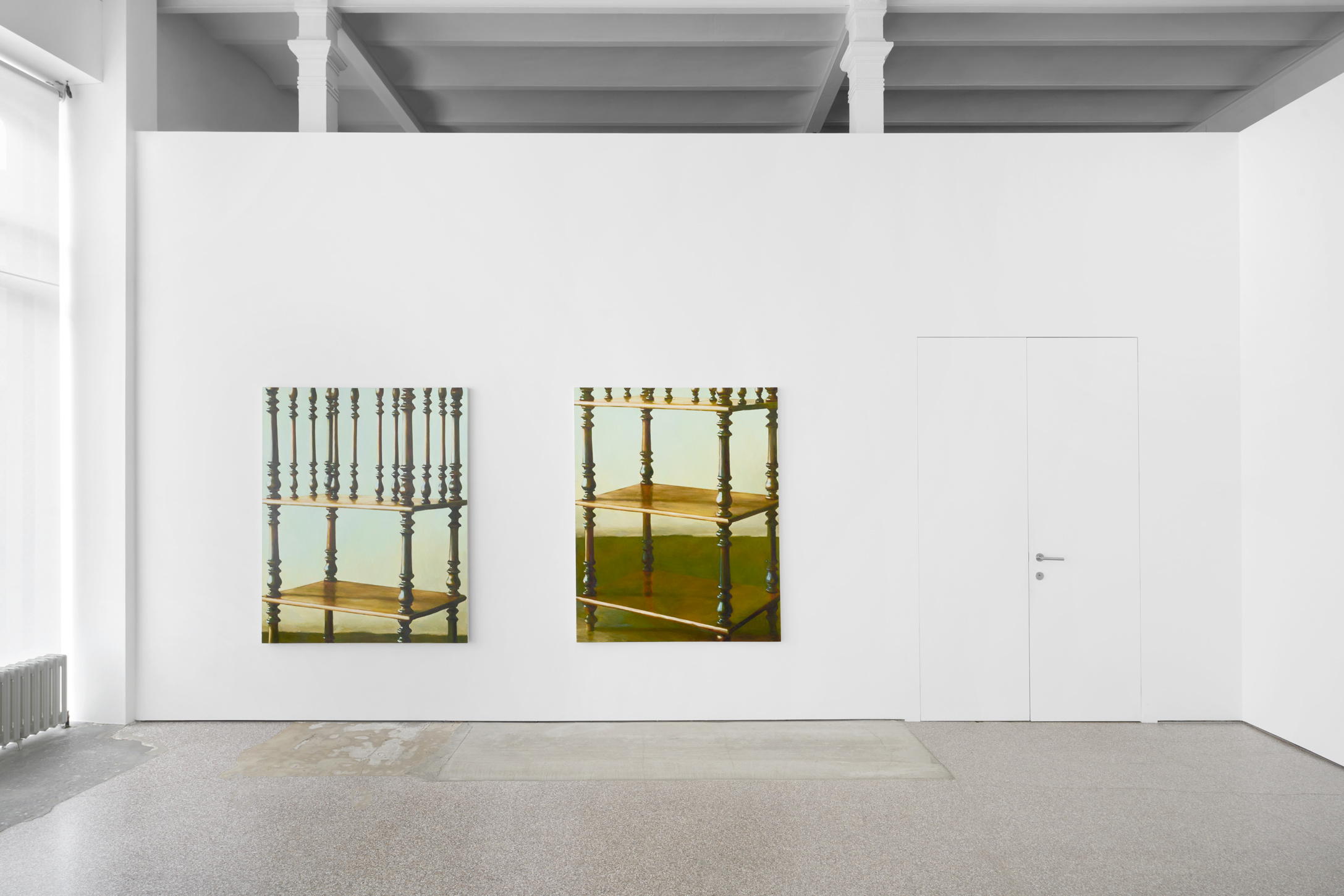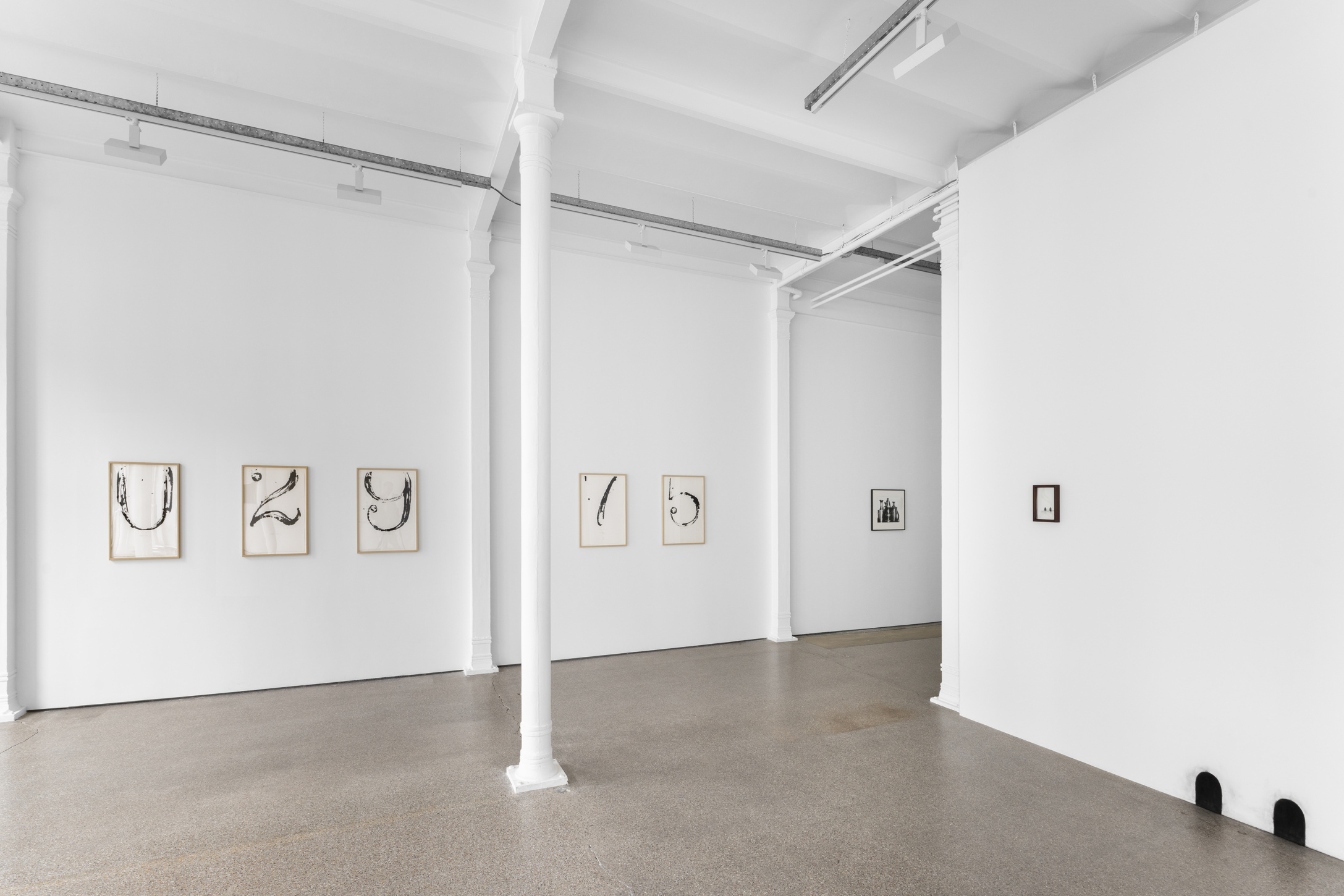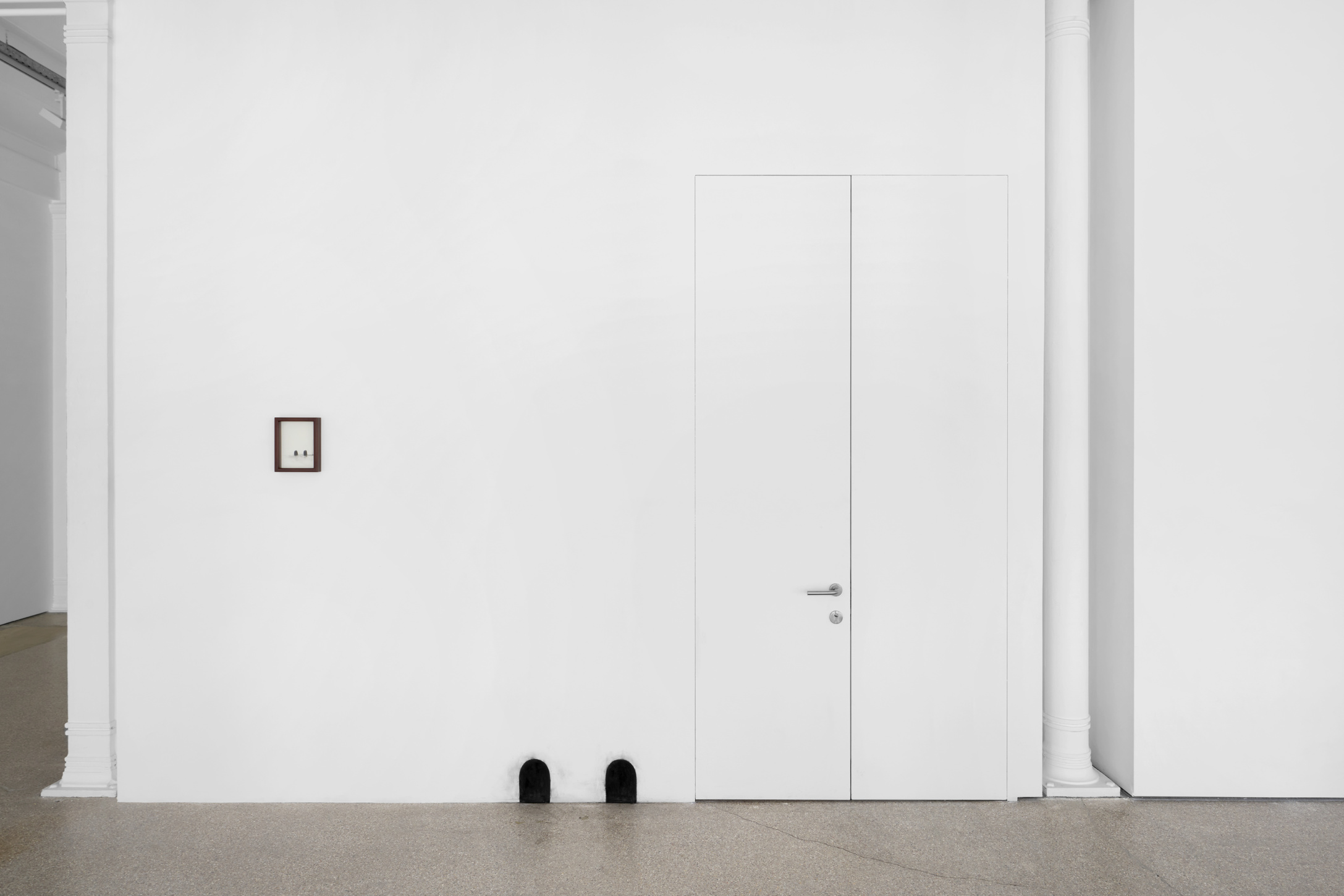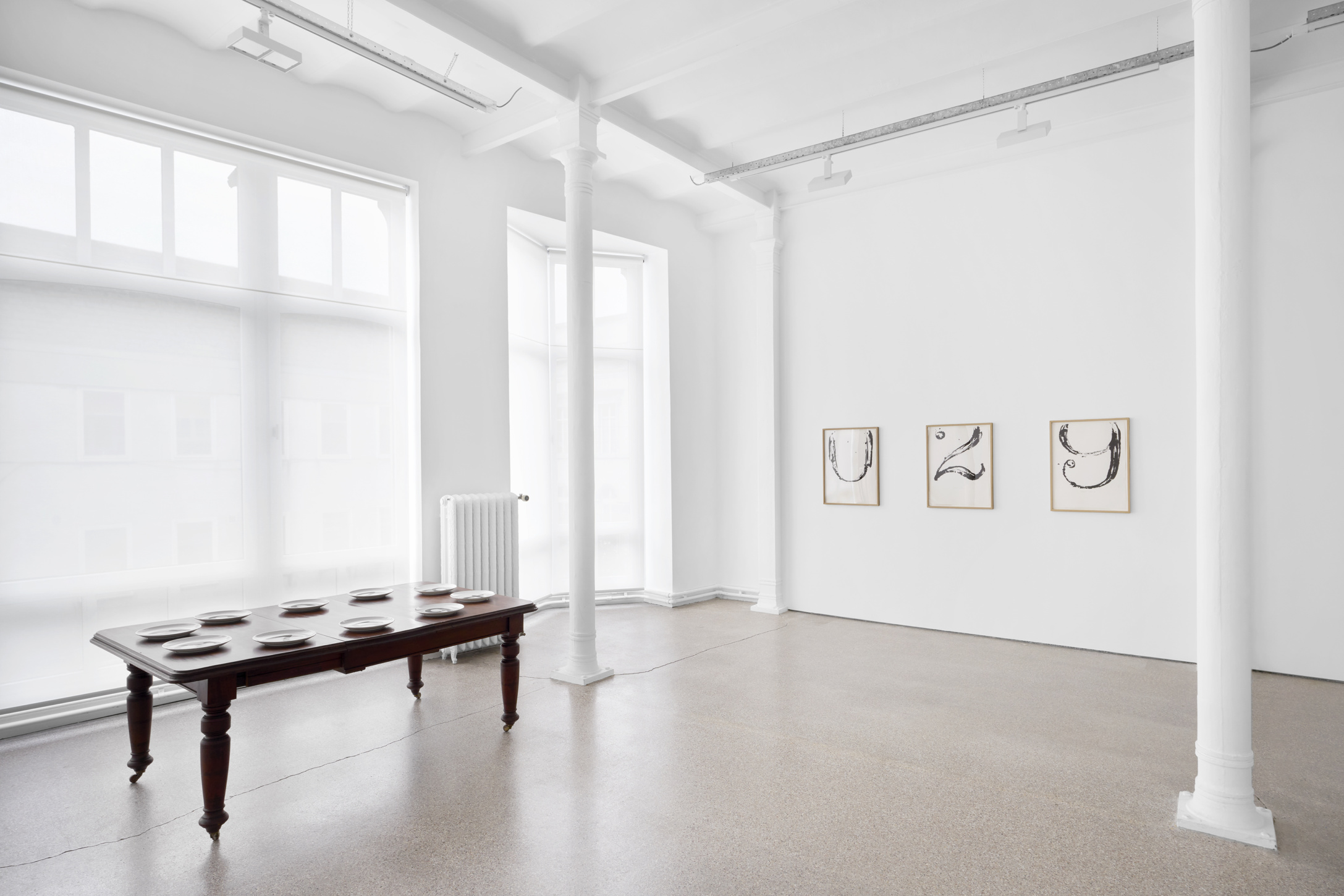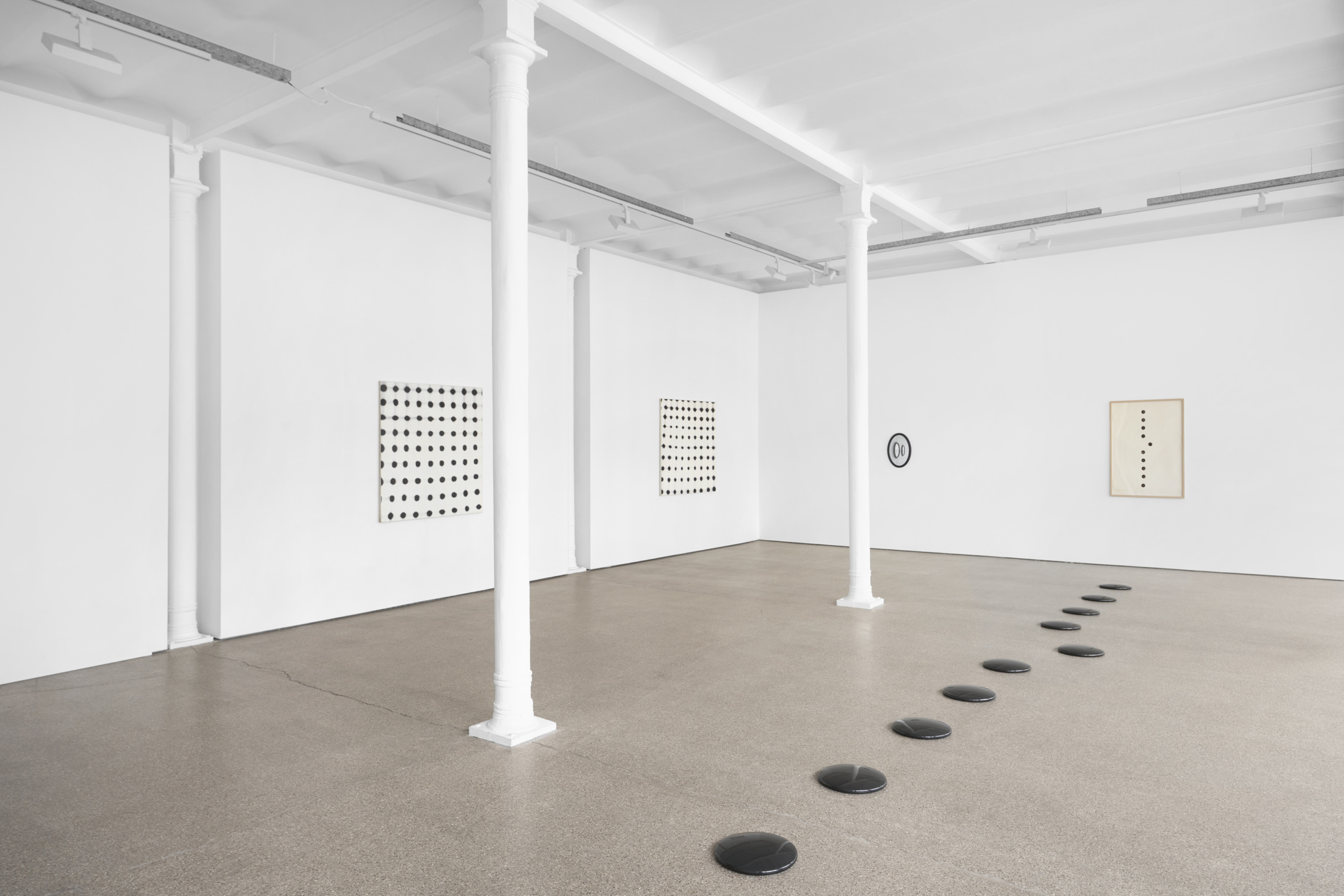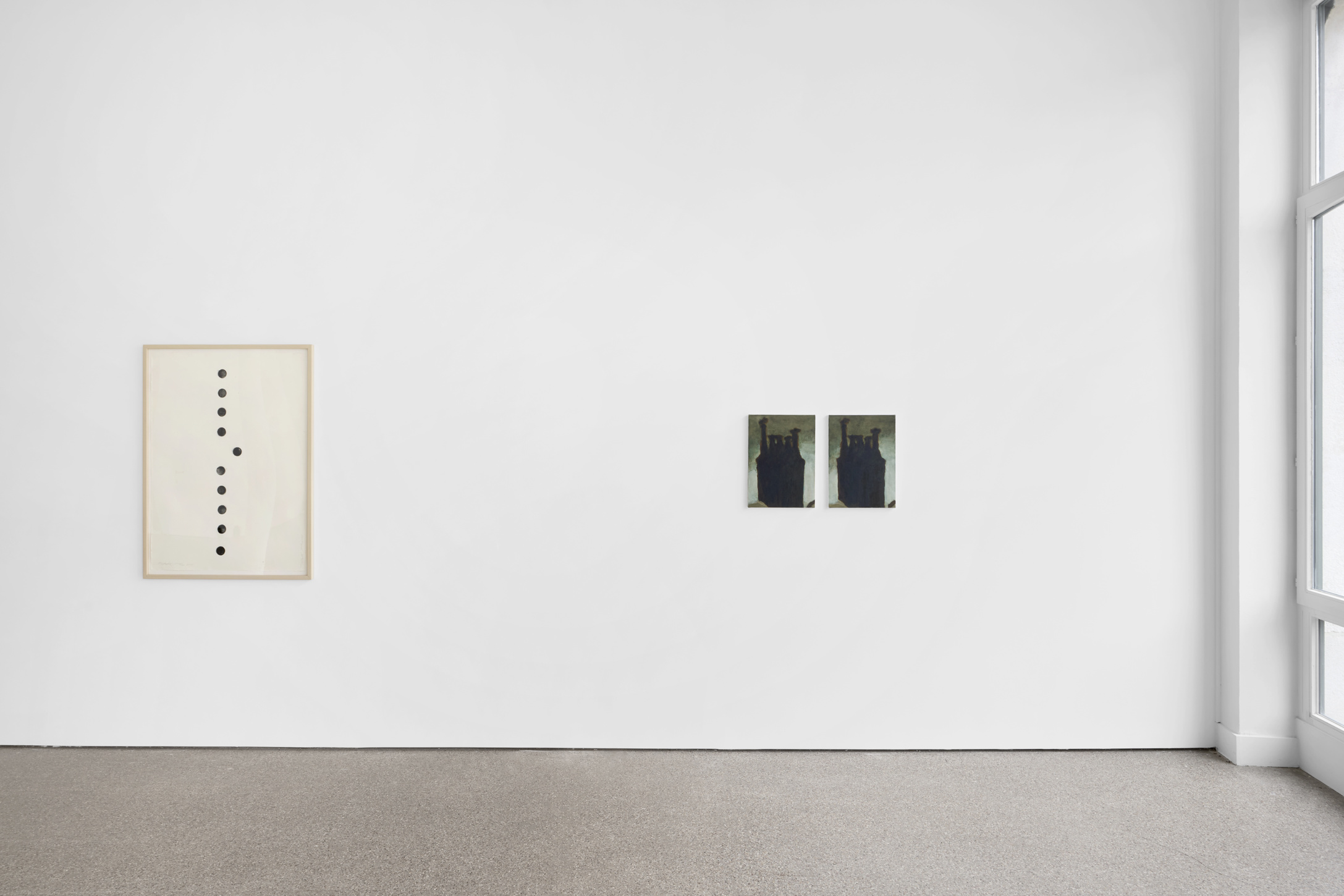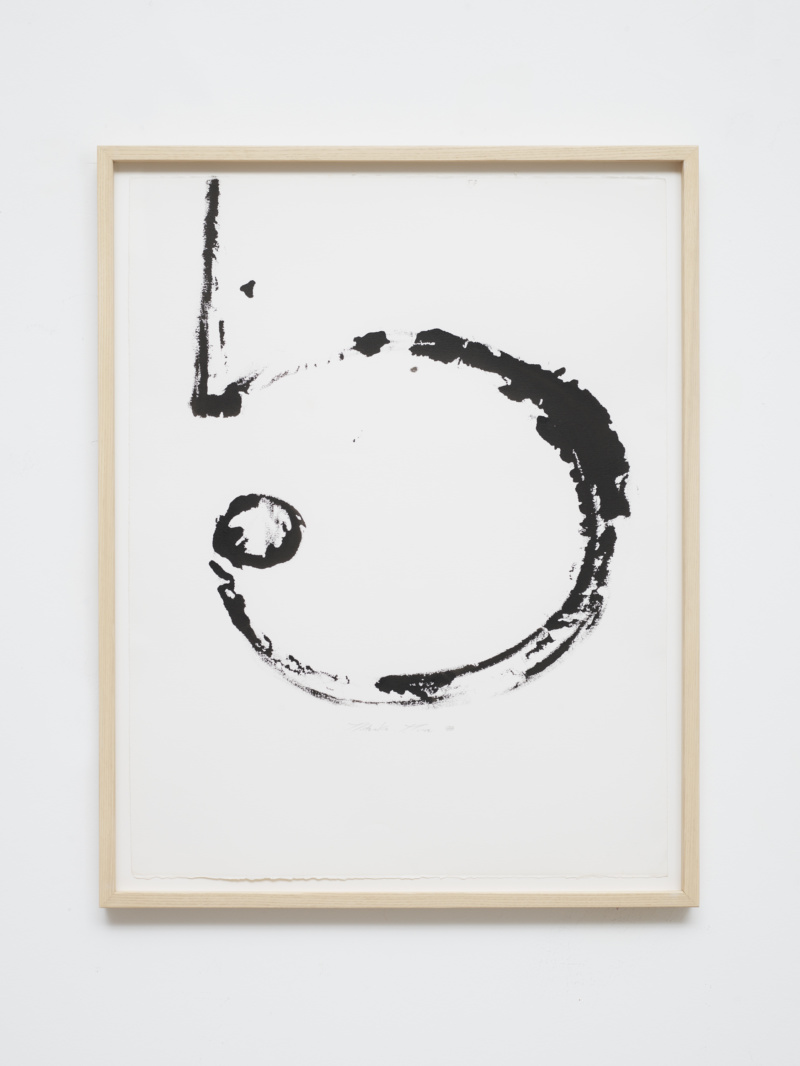Galerie Greta Meert is pleased to present its first exhibition with Japanese artist Mitsuko Miwa. The exhibition Leap Second, spread over two floors of the gallery, offers an insight into the breadth of the output of the artist, showing works from the 1980s until the present day.
The title of this exhibition is drawn from the one-second adjustment to Coordinated Universal Time (UTC), often applied to it in order to accommodate the difference between a “precise time”, measured by atomic clocks, and the “imprecise”, observed solar time that varies due to irregularities and the long-term slowdown in the rotation of the Earth. Miwa claims the space of a “leap second” within the chronology of the multiple histories of art. She reminds us with grace, wit, lightness, and tactility of the structural irregularities and slowdowns these histories undergo.
Not to lose time whilst preparing for her next round of artistic leapfrogging, once a concept is ready for for implementation, Mitsuko Miwa’s work will materialise swiftly, with technical brilliance and skill, in drawings, paintings and objects and whatever else that comes to her mind – an infinitely varied output.
The largest work in the ground floor space is an early painting; due to its large-scale and specific choice of medium, the upper body that is depicted only becomes apparent at distance. This work, entitled Mexico City (1996), marks Miwa escaping the curse of her technical mastery of painting; here she has strewn the fabric with sand and pigments, and painted the canvas with her feet.
On the opposite side of the space is Feet Walk (1989); clay feet grasped by their own disembodied owners’s hands are lined up in pairs along the gallery floor, inspired by the children’s game of ‘leapfrogging’. The absent body that these sculptures indicate is outlined also in Bugaboo (2012), filling the far end of the gallery space in contrast to the monumentality of the textile work, a series of prints featuring photographed clay sculptures of distorted torsos.
Filling the other walls of the room is SKELETON (2008), the series of large paintings depicting furniture-like wooden objects. Although these paintings may allude to René Magritte in their color palette and slightly nostalgic motifs, they are made serially and avoid any optical puns. They defensively intrude a territory laden with art history, playfully inventing a new category which the artist calls ‘Minimalist Classicism’. We see the artist dramatising the tension in language between materiality and meaning, that which in semiotics is seen as the two components of a sign (the signifier – the form and expression of the sign itself, and the signified – the domain of content).
One can be tempted to perceive the work of Miwa within the context of painting, sliding between traditional and post-conceptual practices of that medium with her evasion of a continuous style as she does. But this takes us away from her main interest. To research into the act of looking seems to be at the centre of her work, pointing to the precariousness of any form of semantic construction or meaning
Miwa’s exhibition continues on the first floor of the gallery. Build and Still Life (both 2023), are photographs of pewter jars. These black and white still life photographs turn effect into matter, the ethereal flickering we may observe as an effect in the painted ceramics of Morandi is applied by Miwa upon the metallic surface. These are among the most recent works in the show, and we see even here that when leaping in already well-known paths they only provide further estrangement.
In the delicate works comprising Abstraction (1988), the cypher as a form of abstraction is dissected by two contradicting forces. The applied technique of ink-drawing is informed by Eastern art traditions, devoted to ephemerality and flux; on the other hand, the fading, incomplete number is an image of a representation order in ruins. Number forms are reprised in Abstract Dishes (2023), although this time in their entirety and of graceful brushstrokes that have literally been baked onto the ceramic. It is not the numbers that the site of the abstraction here, but the dishes themselves, plates not laden with food but the signifier of logic and hard reason.
The two seemingly identical paintings of Fruit S (2014) depict an unidentifiable building, thrusting the gaze of the viewer into a circular loop of interpretation and perception, and the nested mirrors and frames of Fractal Portrait (2022) is an object that makes you aware of looking at something. As a portrait that suggests no content, it reminds us that looking is divided into the act of looking and the thing which is looked upon, just as the numbers that appear like an afterimage in Abstraction. The first outspokenly figurative paintings by the artist, a series titled Innocence (1989) depicting a black dotted tablecloth, ties together pop and abstract painting.
This circular loop of interpretation and perception continues in the largest work in the space: D R A W I N G (2023) is not only what it proclaims to be. Miwa has signed the work twice, not so much to mark her tracks, but to validate two possibilities for hanging the work – both on the horizontal or vertical planes. But this is only half of what’s at play here. The drawing is mirrored on the floor in a line of blocks of a polished granite so dark that it almost renders its own heaviness visible, quite far from any ‘ephemerality and flux’ that the drawing might carry. When the drawing pivots so does the space – the artist stipulates that the stones align in the same format as the drawing.
Perhaps we can conclude that each of the works in the show exists as an unsettling of the gaze, a destabilizing of the notion of whether we are in front of an entrance or an exit. The exhibition manifests as a spatial feedback loop of the emergences and disintegrations of forms and meanings. Sketched in less than a minute, Entrance or Exit (2023) is a work in extreme miniature, and depicts two openings presumably made by mice. But if so, then is this drawing life-size, at one-to-one scale? The show ends with wry smile.
Curated by Martin Germann.

